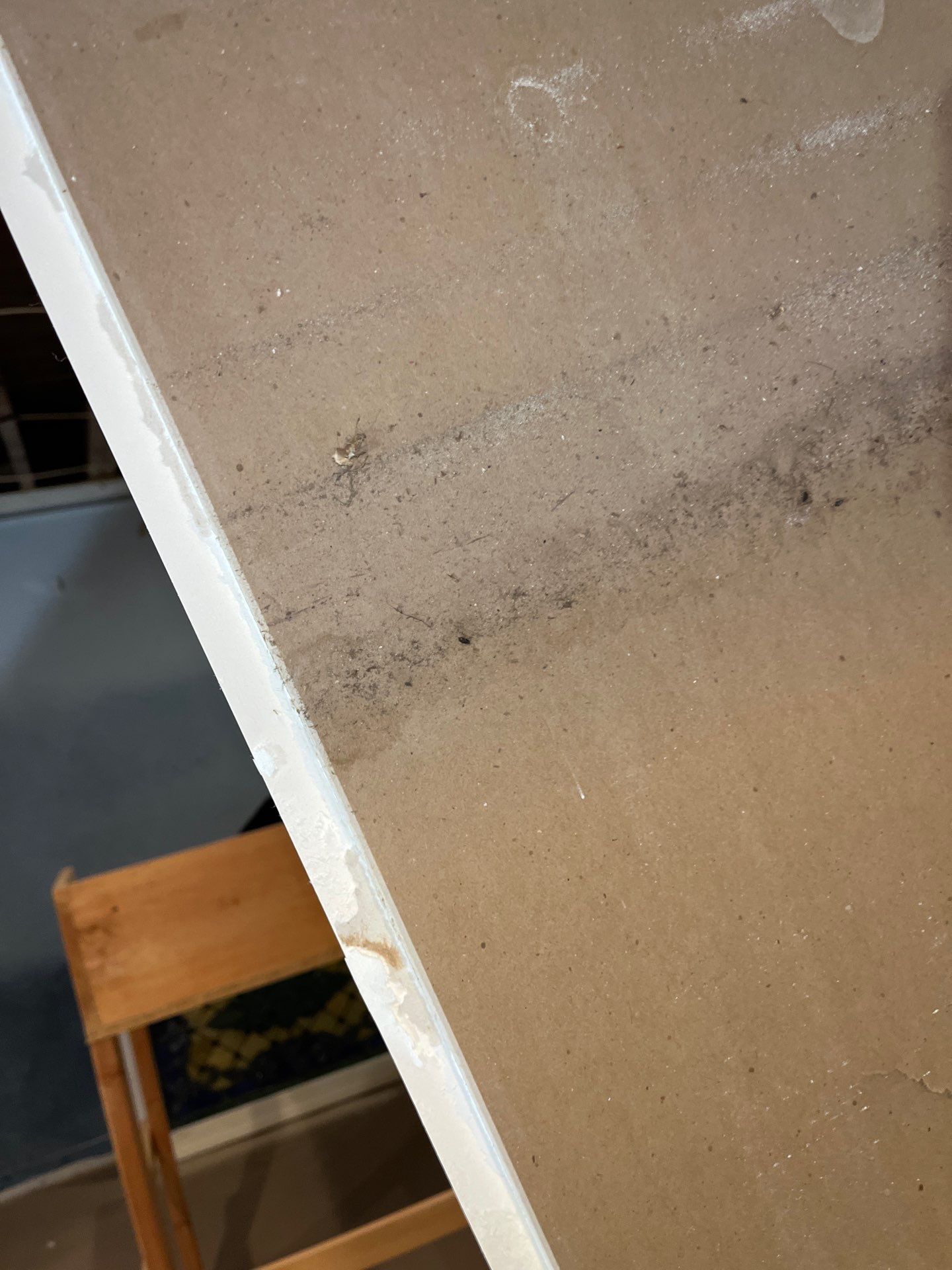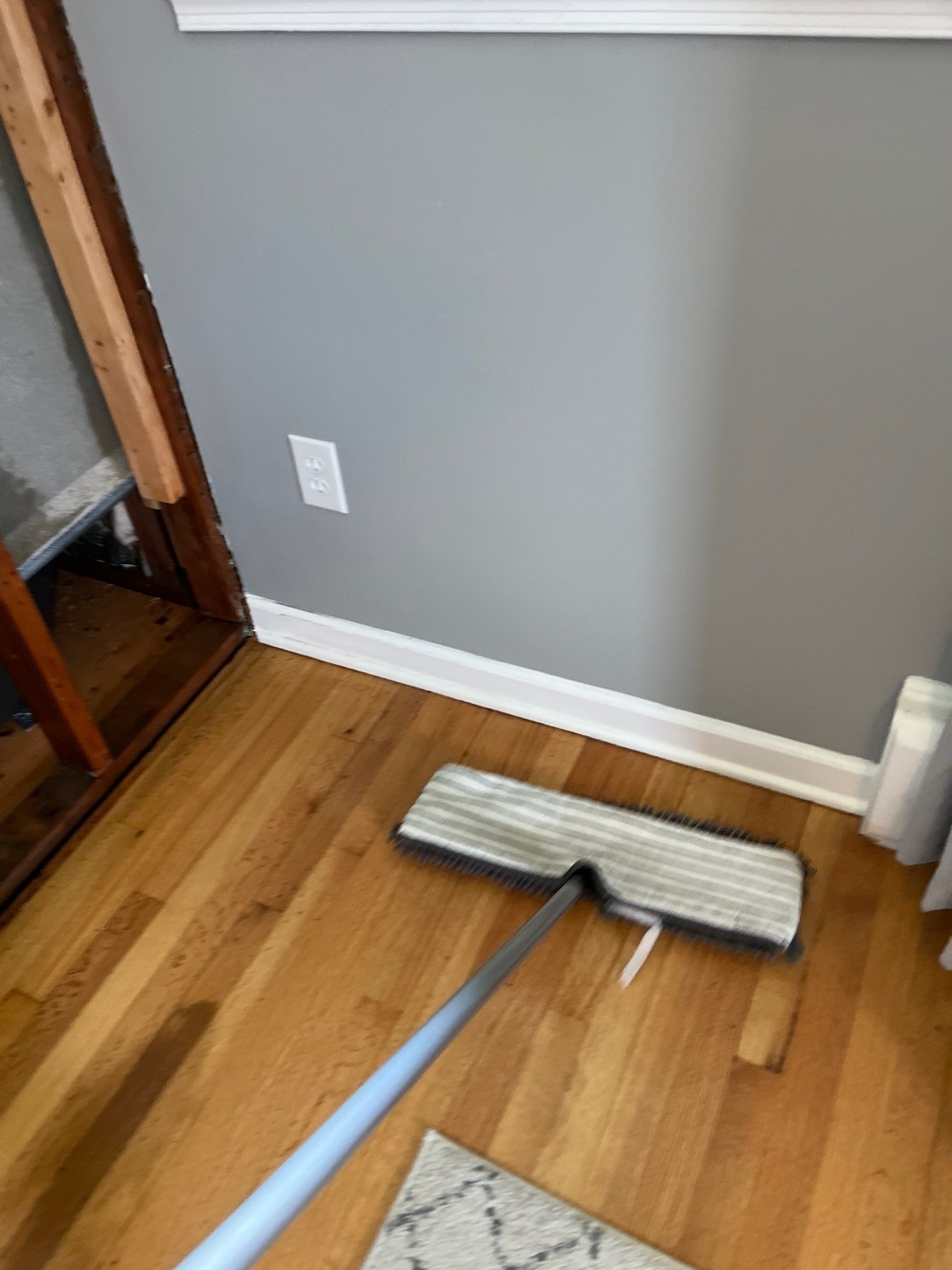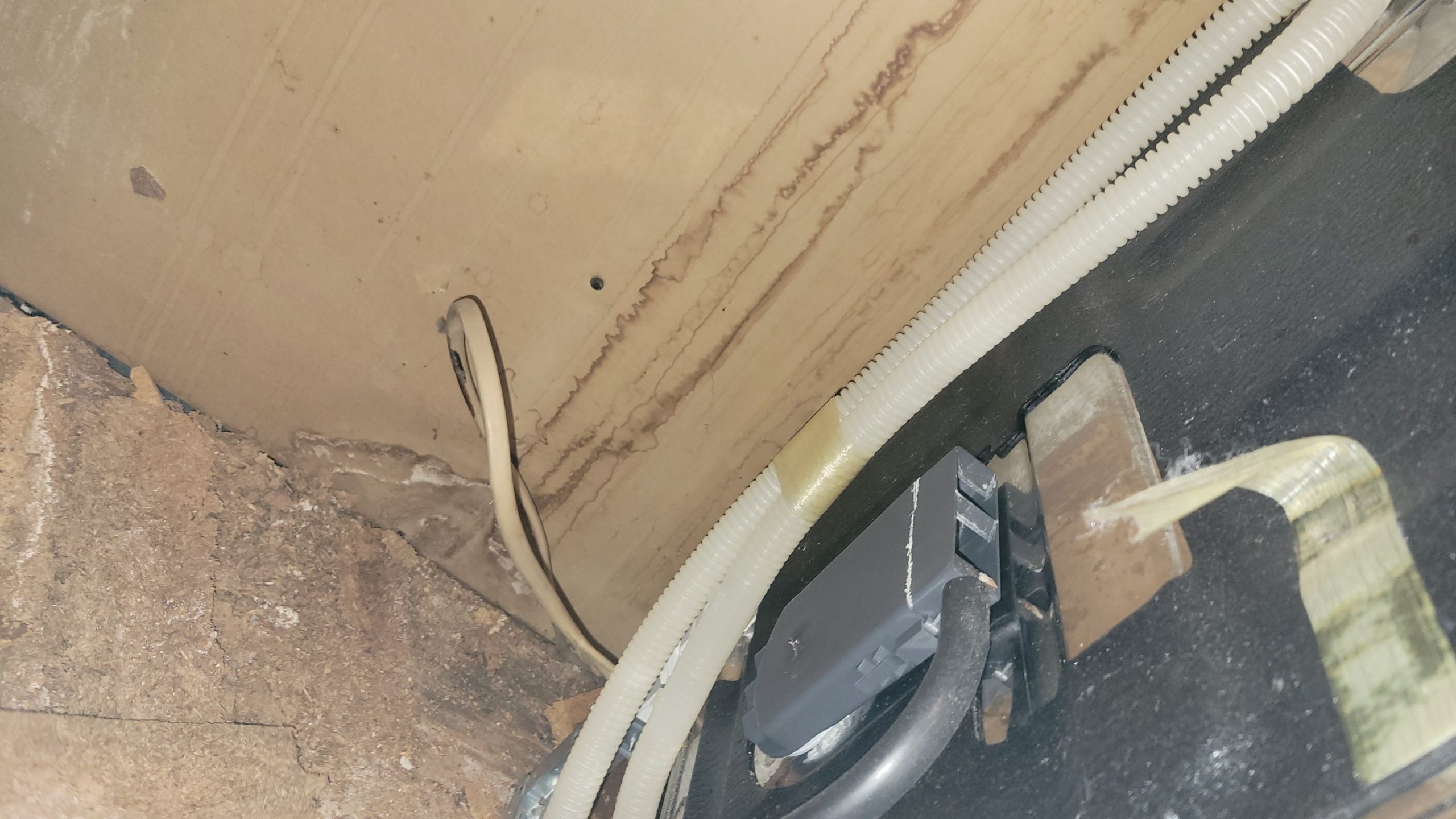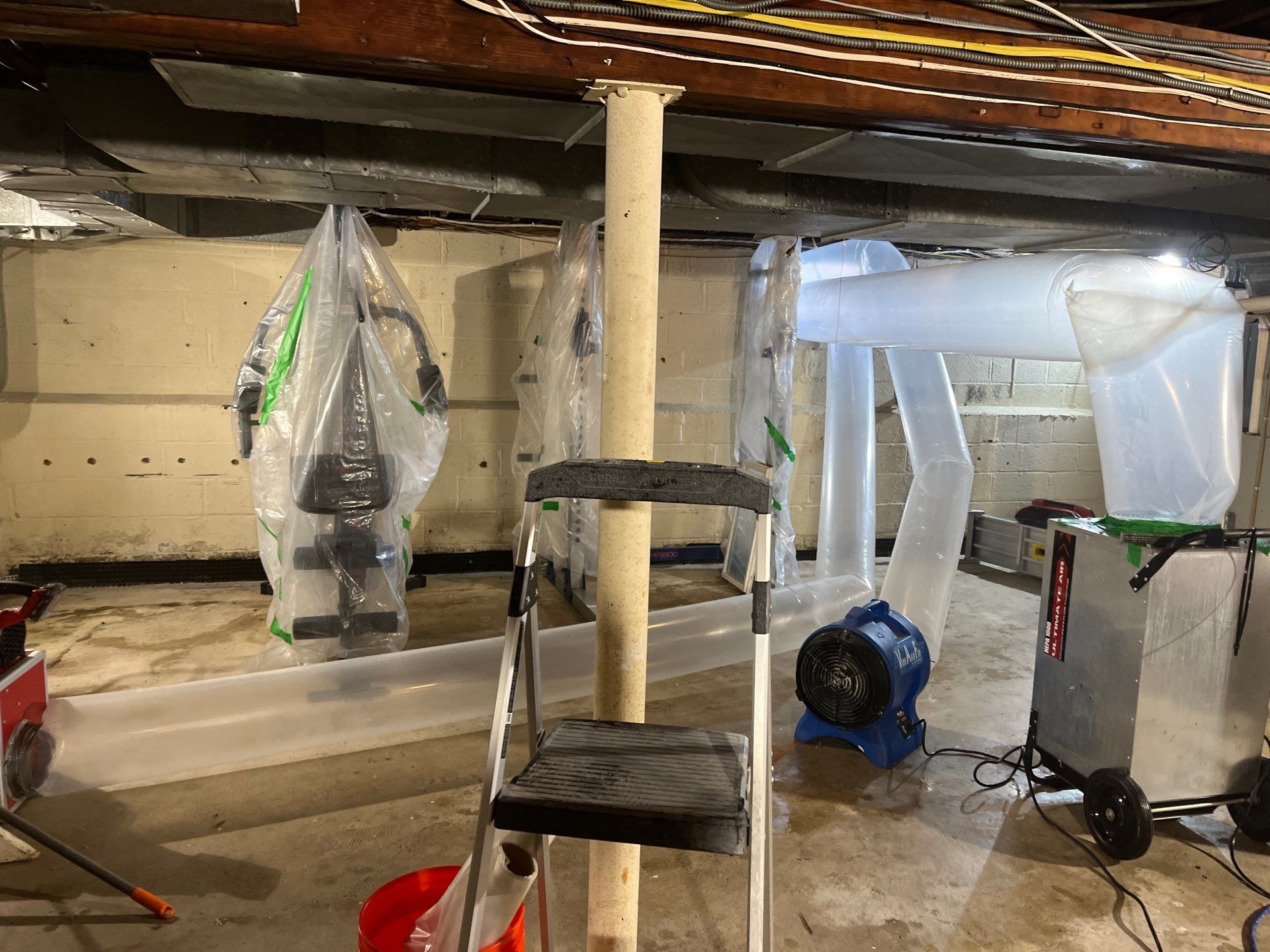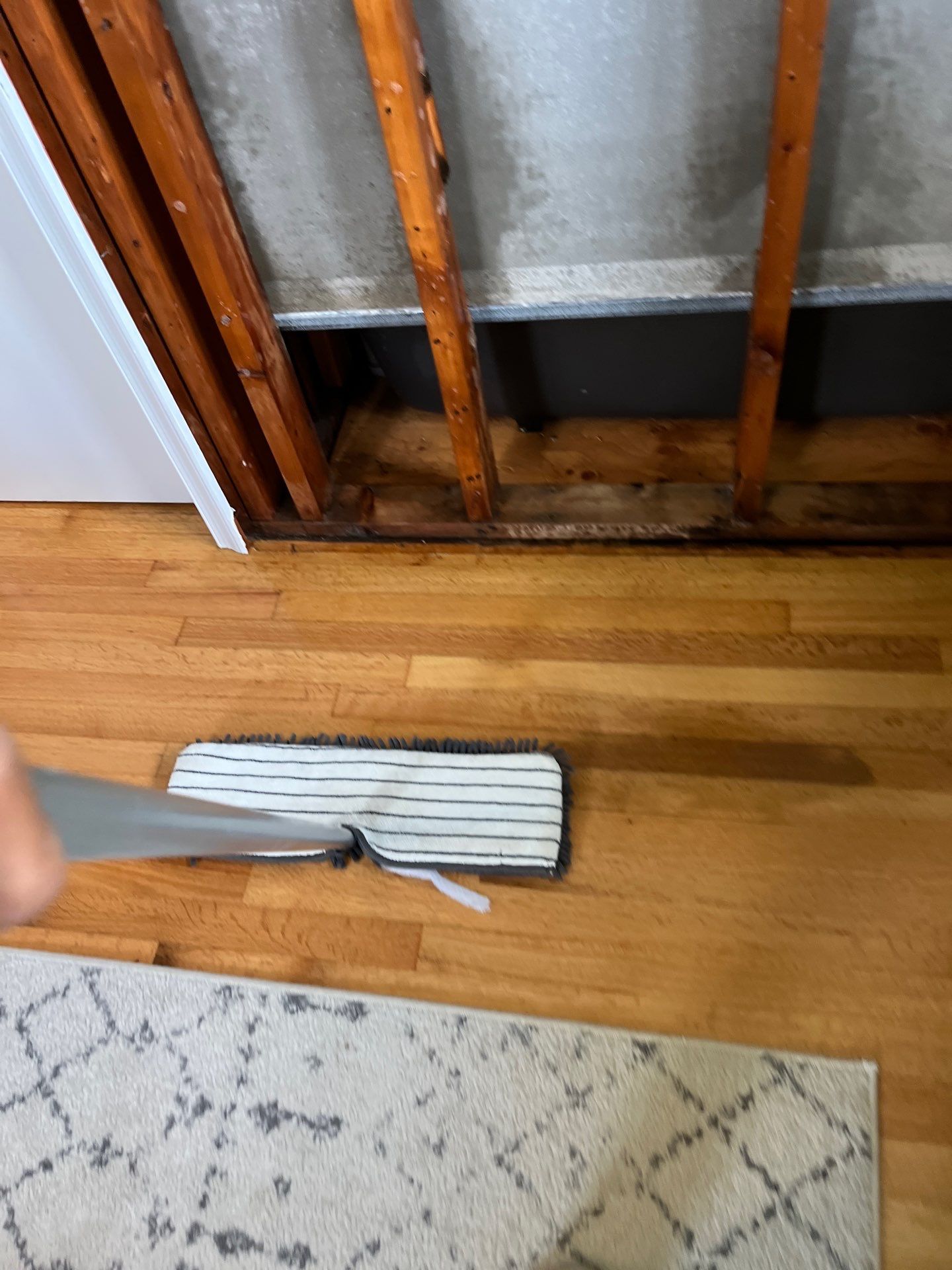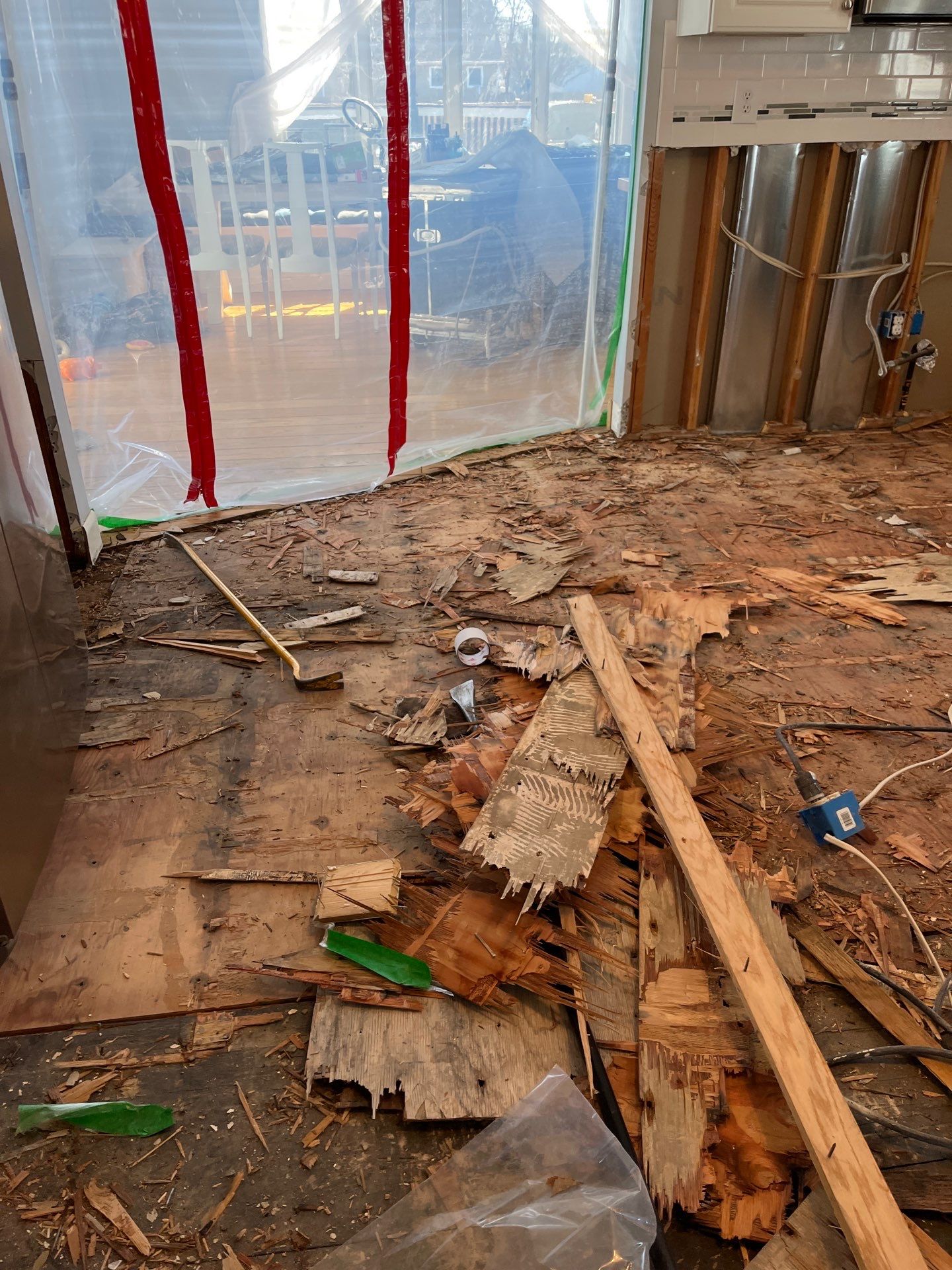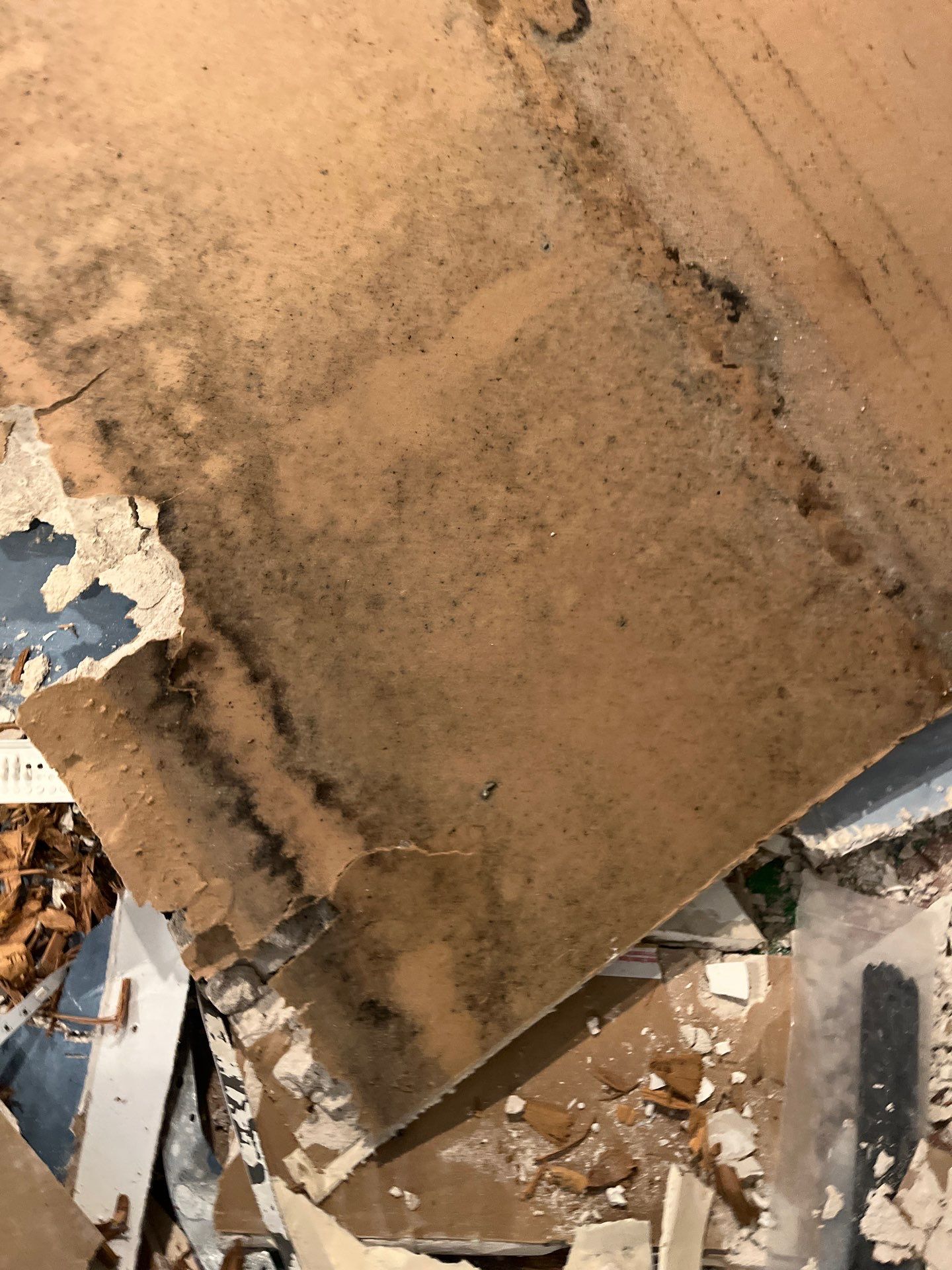Understanding Mold: A Guide to Removal and Indoor Air Quality in Dumont
When you discover mold in your home in Dumont, the concern isn’t just about aesthetics—it’s about your health and the integrity of your property. At Nash Everett, we understand the urgency and provide tailored solutions to address and resolve mold issues effectively, ensuring a safe environment for you and your family.
Why Mold in Your Home Should Not Be Ignored
Mold is more than just an unsightly nuisance; it’s a health hazard. Spores can exacerbate allergies, trigger respiratory problems, and worsen conditions such as asthma and immune disorders. Ignoring mold can lead to persistent health issues and substantial damage to your property, potentially leading to costly repairs. That’s why identifying the source and type of mold is crucial for effective remediation.
Common Signs of Mold in Your Home
Residents often notice signs of mold but may not realize its severity. Here are some indicators that your home in Dumont might have a mold problem:
Persistent musty odors.
Visible mold growth, which may appear as spots in various colors.
Excessive humidity and condensation.
Water leaks or past flooding.
Health symptoms like coughing, sneezing, and skin irritation.
How We Diagnose and Test for Mold
At Nash Everett, we employ cutting-edge technology to accurately diagnose and assess the extent of mold infestation. Our comprehensive indoor air quality tests include:
Visual inspections to identify potential mold growth.
Air sampling to detect unseen mold spores.
Surface testing to confirm mold type and concentration.
These tests help us understand the mold’s impact on your home and guide our customized treatment plan.
Our Approach to Mold Remediation in Dumont
Effective mold remediation involves more than just cleaning visible growth; it requires a strategic approach to remove mold at the source and prevent its return. Here’s how we handle mold remediation:
Identifying the Source: We start by finding the moisture source that enables mold growth.
Containment and Air Filtration: Using containment barriers and air filters, we prevent the spread of mold spores during cleanup.
Removal and Cleaning: Infected materials are removed, and non-porous surfaces are cleaned using EPA-approved antifungal solutions.
Drying and Dehumidification: Ensuring the area is dry and well-ventilated to inhibit future mold growth.
Restoration: Replacing or repairing damaged materials to restore your space.
Choose Nash Everett for Expert Mold Remediation in Dumont
Choosing Nash Everett means opting for a dedicated team that prioritizes your health and property. With our licensed and certified professionals, you can expect a responsive service tailored to your specific needs. We respect your time, protect your property, and ensure the job is done right—guaranteeing a mold-free environment.
Nash Everett is not just about mold removal; we’re about creating healthier living spaces. Contact us today at +1 732-508-9197 to discuss your indoor air quality concerns and find out how we can help you breathe easier in your Dumont home.


